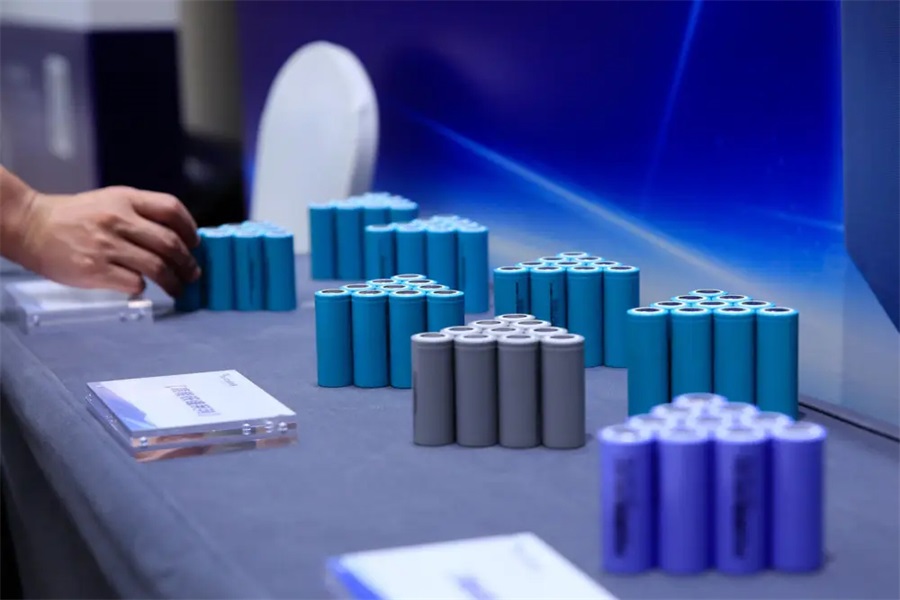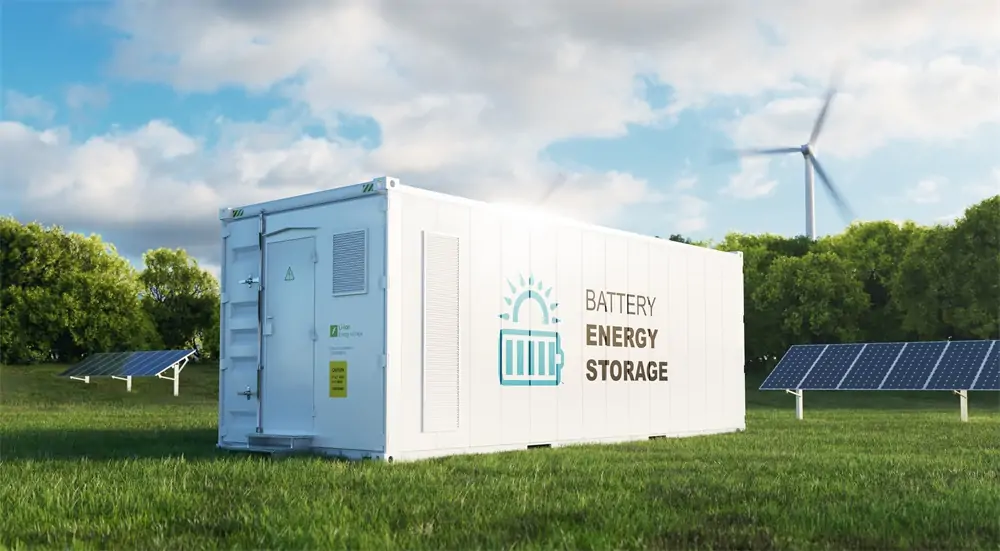LMFP Batteries: New direction for battery development
What is an LMFP Battery?
LMFP battery is a new type of lithium-ion battery, its cathode material is mainly composed of lithium manganate, iron phosphate, and manganese phosphate, and the electrolyte is anhydrous phosphate solution. Compared with other common LiFePO4 Battery (such as ternary lithium batteries and lithium cobalt acid batteries), lithium manganese iron phosphate batteries have excellent performance in terms of safety, thermal stability, and energy density

The difference between LMFP battery and LiFePO4 battery
The main differences between LMFP and lithium iron phosphate batteries are their material composition, cost, energy density, and application fields.
Material composition. The chemical form of lithium iron phosphate (LFP) is LiFePO₄. Lithium iron Manganese phosphate is a manganous material added to lithium iron phosphate to form the composition of LiMnFePO₄. This difference in the material improves the performance of lithium ferromanganese phosphate.
Cost: Because lithium ferromanganese phosphate requires additional manganese material, its cost is relatively high. The lithium iron phosphate battery requires 0.61kg of iron material per kWh of the positive electrode, and the lithium iron manganese phosphate battery requires 0.13kg of iron material plus 0.38kg of manganese material. In contrast, the price of manganese is more expensive than iron, so the cost of lithium ferromanganese phosphate batteries is higher.
Energy density: The theoretical energy density of lithium iron manganese phosphate batteries is higher than that of lithium iron phosphate batteries, reaching 697Wh/kg. However, due to the low conductivity of lithium ferromanganese phosphate leading to its capacity is difficult to fully play, and the existing technology to improve the electrochemical performance of lithium ferromanganese phosphate limited, its actual energy density may not be as high as the theoretical value.
Applications: Lithium iron phosphate batteries have been widely used in electric vehicles and energy storage systems due to their high energy density, long cycle life, and high safety. Lithium ferric manganese phosphate, although the cost is higher and the actual energy density may not be as expected, it has the characteristics of high energy density and high safety and is also regarded as an upgraded version of lithium iron phosphate, which is expected to show its advantages in specific applications.
Application
Due to their cost-effectiveness and performance, LMFP batteries have the potential to replace LFP batteries and capture part of the NMC battery market. Additionally, combining LMFP with NMC cathode materials could enhance the safety of NMC batteries, presenting another promising application.

